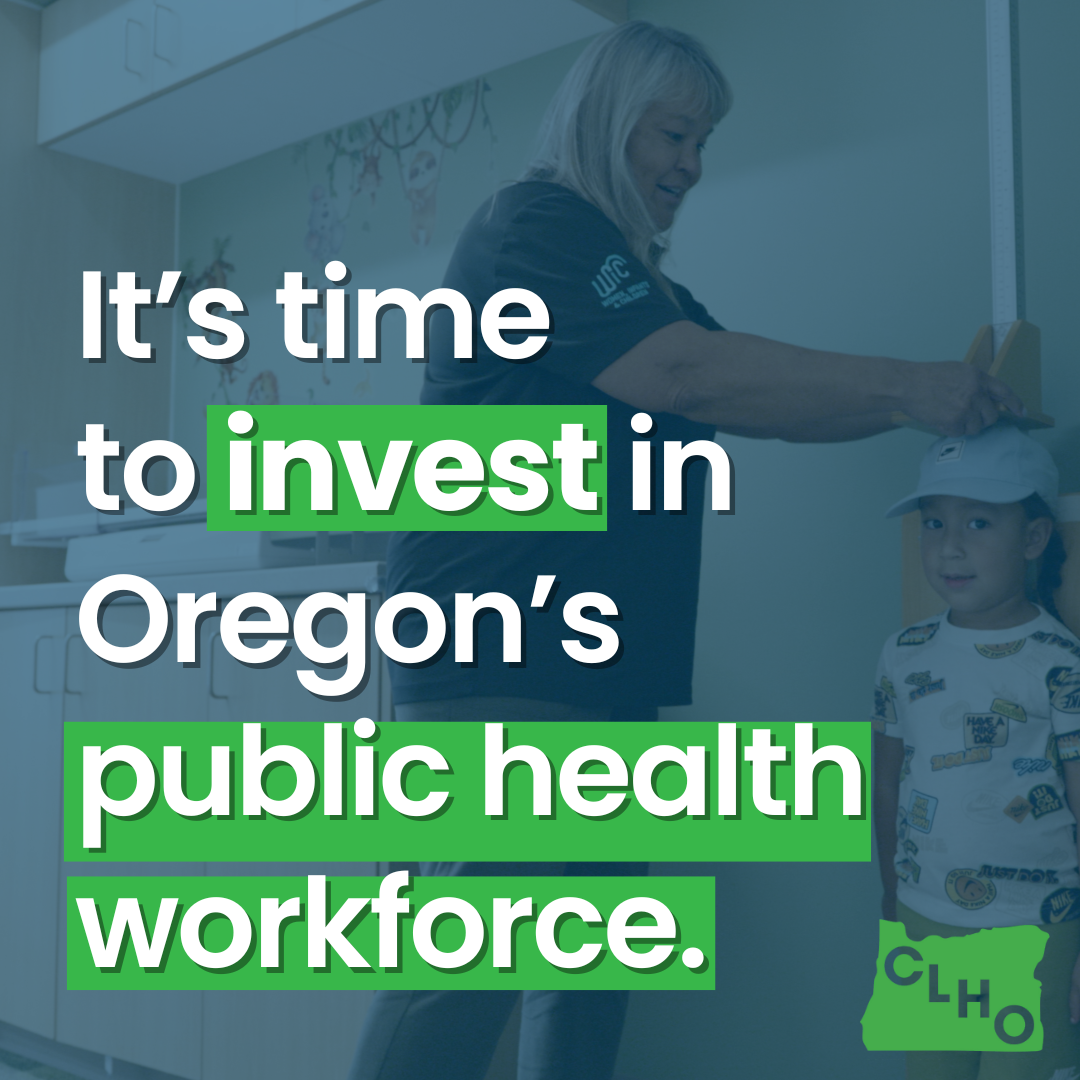Health status to be tracked, tested at home.
November 11, 2013
The forecast for some Oregonians’ healthcare is cloudy with a chance of megabytes – computer clouds will gather medical data and clinical outcomes by means of mobile home-monitoring for patients, providers and insurers.
Cloud-based computing that collects measures ranging from physical activity in the back yard to heart rates on the couch may seem pie-in-the-sky. But in a pilot program kicks off this spring in central Oregon, android tablets will be used to help children with diabetes and their families manage the condition right along with their health providers, who will be privy to the same information via the electronic health record.
Bend is not the only place slated for this new monitoring technology. During a session on tele-health at the fall conference of CCO Oregon in Portland, mobile-monitoring devices were predicted to become a wave of the Beaver state’s near future.
“The primary goal is to help patients manage their illness by organizing their home care regimen, keeping them connected to their providers and by monitoring their condition on a real-time basis that allows for early interventions and decreases episodes of illness,’’ said Dr. Michael May, chair of psychiatry and vice president of Integrative Medicine for Samaritan Health Services in Corvallis. This can cut down on the use of emergency rooms and expensive hospital care, May said.
The system for the young diabetic patients is called Gladstone, the name once given to those black medical bags from yesteryear that doctors toted to house calls. And, just like those historic satchels, Gladstone contains the necessary items to record vital signs and patient progress -- by way of prompts and downloads on a touch screen, May said.
Configured with big icons and an option for voice command, "the system is very user friendly," which it needs to be in order for young and old alike to use it, added May, who is also the Chief Medical Officer of Kannact, the Corvallis-based company that produces Gladstone. Its system provides a medical baseline of health measures; fluctuations from it are easily detected. And they can be pinpointed with new precision, he said.
This approach doesn't just engage patients to be more involved in their own healthcare, it also can provide important information to providers and insurers -- metrics that both groups may use to determine patient milestones and levels of participation.
Measures of patient engagement are bound to become an important metric in healthcare, in part because this technology collects data daily and transmits it for interpretation by the healthcare provider, said Anne Evans RN BSN, director of Global Clinical Programs for Honeywell HomMed in Brookfield WI. HomMed has 70,000-plus monitors already deployed.
Evans, a panelist at the CCO session, pointed out that this approach differs from the “snapshot” of an office visit, when even a simple blood-pressure reading can be misleading, thanks to the possibility of the adrenaline-producing "white-coat stress" of a medical setting. In contrast, such health-monitoring devices can collect medical information like blood pressure, pulse and oxygen saturation more objectively, she noted.
Honeywell’s system, called the Genesis Touch, captures vital signs during the regular routines of personal life, she said. "Patients are able to independently monitor their biometrics and the information is sent to their healthcare providers for review,” she observed. The cost savings can be huge -- keeping hospital re-admission rates low. "But it is more than that," she said. "People become engaged. It's empowering."
The degree of patient engagement in healthcare actually goes by the term “patient activation,” and a measure for it has been assessed by the University of Oregon Health Policy Research Group. The group published results this past winter, in the journal Health Affairs. The highest level of “patient activation” scores were found to be linked to comparatively lower costs. So health systems are likely to pay “greater attention to the role that patients' behaviors play in their treatment,” concluded the team, which was led by Judith Hibbard DrPH, senior researcher and professor emerita at the University of Oregon.
Home monitoring could be a way to assess patient activation, Hibbard acknowledged, adding that she also has some concerns. "It could be a waste of resources if they (patients) are not ready to be on board with it," she said.
“Patient activation” may not yet be a household word, but one example can be found in an online tool at the Public Employees Benefit Board. Many PEBB insurers get monthly discounts for answering questions about their cholesterol count and degree of physical exercise. State employee Kathy Hill of Independence likes the idea of a program that offers group support with like-minded people, self-monitoring with professional oversight, and a way to track progress. Take a look at the Weight Watchers’ model, she advised. It has all three and that’s the very reason it “really works.”
But it’s controlled trials that can truly assess the clinical results from the use of technology, particularly when it is linked to cost analysis, according to Dr. William Hersh, professor and chair of medical informatics and clinical epidemiology at OHSU. He considers that an essential component to keep in mind. http://informaticsprofessor.blogspot.com/2013/02/data-mining-systems-improve-cost-and.html
Anne can be reached at [email protected]
